There can be your advertisement
300x150
Why Stalin-era Apartments Were More Comfortable Than Modern New Constructions
Thick walls, high ceilings, thoughtful layouts — all of this is what people pay huge sums for in elite new developments today
Friends buy apartments in a new housing complex for 15 million and complain: thin walls, small rooms, low ceilings. But you live in a Stalin-era apartment from 1954 and understand — they built for people, not profit. Thick walls, high ceilings, thoughtful layouts — all of this is what people pay huge sums for in elite new developments today. We explore why buildings from 70 years ago still have an advantage over modern ones.
Main points of the article:
- Stalin-era buildings had ceilings 3-3.2 meters high, compared to modern 2.7 meters;
- Walls in Stalin-era buildings are 2-3 times thicker than those in new constructions;
- Layouts of Stalin-era apartments took real family life into account, not profit maximization;
- Building materials in Stalin-era buildings exceeded modern equivalents;
- Engineering systems were designed with a significant safety margin.
Ceilings You Can't Reach
In a Stalin-era apartment, ceilings start at three meters. In an elite new development for 20 million — maybe 2.7 meters if you're lucky. In mass projects, it’s all 2.5 meters and that is considered standard. Do you feel the difference? Half a meter transforms a room from a box into proper living space.
High ceilings aren’t just aesthetically pleasing. They provide better air circulation, a sense of spaciousness, and room for tall wardrobes or lofts. In Stalin-era apartments, you could hang a chandelier on a chain and place a bunk bed without worrying about someone hitting their head. Modern developers save every centimeter of height — the lower the ceiling, the more floors fit in a building with height restrictions.
Walls Like in a Bunker
A wall in a Stalin-era apartment is 60-80 centimeters of brick. Try drilling through it — the drill will wear out before you do. In modern new developments, walls are made of 20-25 centimeters of gas concrete or ceramic blocks. While modern materials seem more advanced, in practice the difference is huge.
Thick walls of Stalin-era apartments provide perfect sound insulation. Neighbors can throw a party — you won’t hear a sound. In new developments, you’ll hear your neighbor upstairs moving chairs or talking on the phone. ‘I’ve lived in a Stalin-era apartment for 15 years,’ says Moscow resident Elena. ‘It was only when I met my neighbors in the entrance that I realized they lived next door.’

Design: Alena Skovorodnikova
Layouts for Life, Not Sales
In a Stalin-era apartment, every square meter has meaning. A long corridor? Well, it fits a full-wall built-in wardrobe. An 8-square-meter kitchen? But with a window, good ventilation and space for a dining table. Separate bathroom and toilet — because architects understood: families with several people need this.
Modern layouts are designed for beautiful pictures in advertisements. Studios of 25 square meters with a bed in the ‘living room’, kitchens that are niches without windows, combined bathrooms the size of a phone booth. All to make the apartment look cheaper on paper and allow developers to fit as many units into one building.
Kitchens Where Life Fits
A kitchen in a Stalin-era apartment was a separate room with a window. Often, it had not only a table but also a sofa where the whole family gathered. Area — 7-9 square meters, which is quite generous by today's standards.
In new developments, kitchens have become ‘kitchen zones’ — narrow niches along a wall with no natural light. You can cook, but you can’t live there. Eating is done in the living room, which also serves as a bedroom, office and children’s playroom. Convenient? Marketers say this is the ‘modern lifestyle’. But why do people dream of a kitchen where they can sit down?
Materials for Centuries
Stalin-era apartments were built to last. Full-bodied ceramic brick, 22-centimeter thick reinforced concrete slabs for floors, wooden floors made of solid oak or larch. Such buildings can stand centuries without major renovations.
Modern new developments use light and cheap materials. Gas concrete blocks, hollow bricks, thin slabs. In 20-30 years, such buildings will need major reconstruction. Stalin-era apartments after 70 years of use require only cosmetic repairs.
Engineering with Margin
In Stalin-era buildings, heating pipes are as thick as a hand, electrical panels are designed for loads many times higher than needed. Ventilation systems work so efficiently that even without ventilation, the air stays fresh.
Modern buildings are built to the limits. Minimum allowable pipe sizes, cuts in ventilation, electrical systems designed exactly for current norms. Add powerful appliances — and the circuit breakers trip. Install ventilation ducts — and the apartment becomes a greenhouse.
Entrances Like Theater Foyers
The entrance of a Stalin-era apartment building is an art piece. Wide stairs, tall windows, cornices on the ceiling, spacious landings. Climbing such stairs makes you feel like a nobleman.
Entrances in new developments are functional to the point of ugliness. Narrow stairs, low ceilings, minimal natural light. Everything is designed for people to use elevators. If the elevator breaks down — welcome to a dark tunnel with concrete walls.
Yards for Neighbors, Not Cars
Stalin-era courtyards were designed for people. Wide and green, with children's play areas and places to relax. There were few cars then, so all the space was given to residents.
Modern housing complexes are parking lots with sprinkles of greenery. The entire yard is filled with cars, nowhere for children to play, and walking between parked cars becomes a necessity. The “green zones” on new development plans often turn out to be flower beds the size of a desk.
Why Aren’t They Built This Way Anymore
The reason is simple — economics. Stalin-era buildings were built by the state, which didn’t count money for housing for citizens. Modern homes are built by businesses that must show profits to shareholders.
Every extra centimeter of ceiling height reduces the number of floors. Every centimeter of wall thickness reduces usable space. Quality materials cost more than cheaper alternatives. As a result, we get what we have — expensive apartments in uncomfortable buildings.
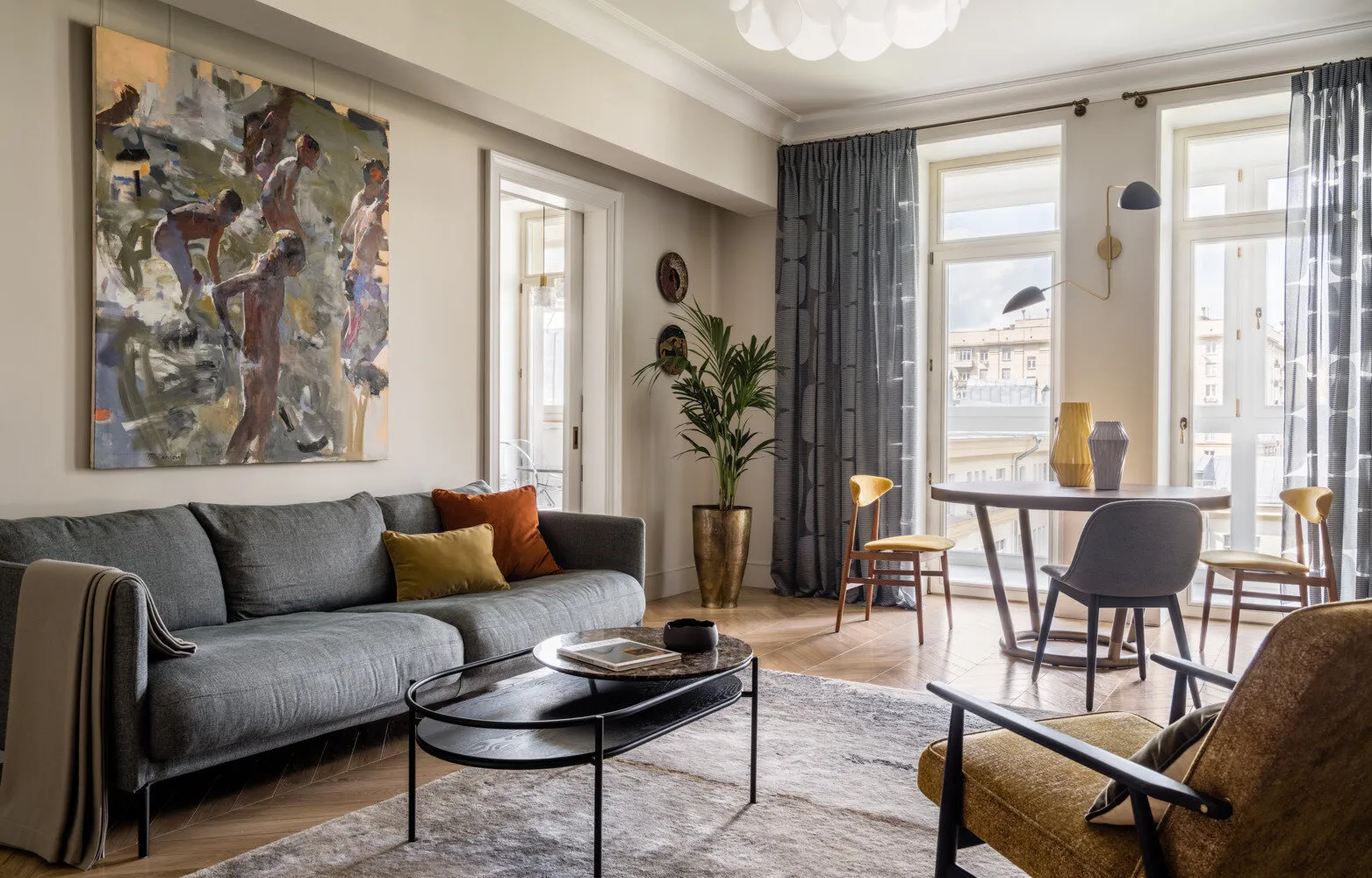
Design: Ksenia Ivanova
Stalin-era Apartments as a Symbol of Another Approach
Stalin-era buildings were an era when architecture served people, not profits. Then they thought: if we're building for people, it should be beautiful, comfortable and reliable. Today, buildings are built for sale — quickly, cheaply, with maximum profit.
Paradoxically: to get the same quality of life in a new development as in a regular Stalin-era apartment, you have to buy an elite complex. And even there, you won’t always find three-meter ceilings and 80-centimeter thick walls. It turns out that the standard of quality from the 1950s is only accessible to very wealthy people.
Maybe we should reconsider priorities and remember: buildings are built not for sale, but for living?
Cover: Alena Skovorodnikova's design project
More articles:
 7 Ideas from a Townhouse in the Spirit of Oblomov That You Can Replicate in Your Interior
7 Ideas from a Townhouse in the Spirit of Oblomov That You Can Replicate in Your Interior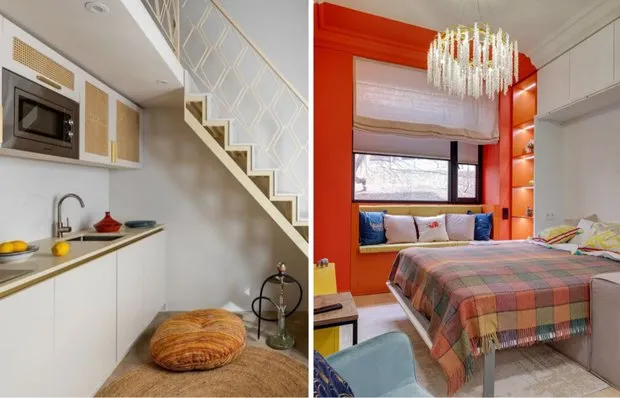 How to Maximize Small Spaces: 5 Mini Studios Up to 25 m²
How to Maximize Small Spaces: 5 Mini Studios Up to 25 m²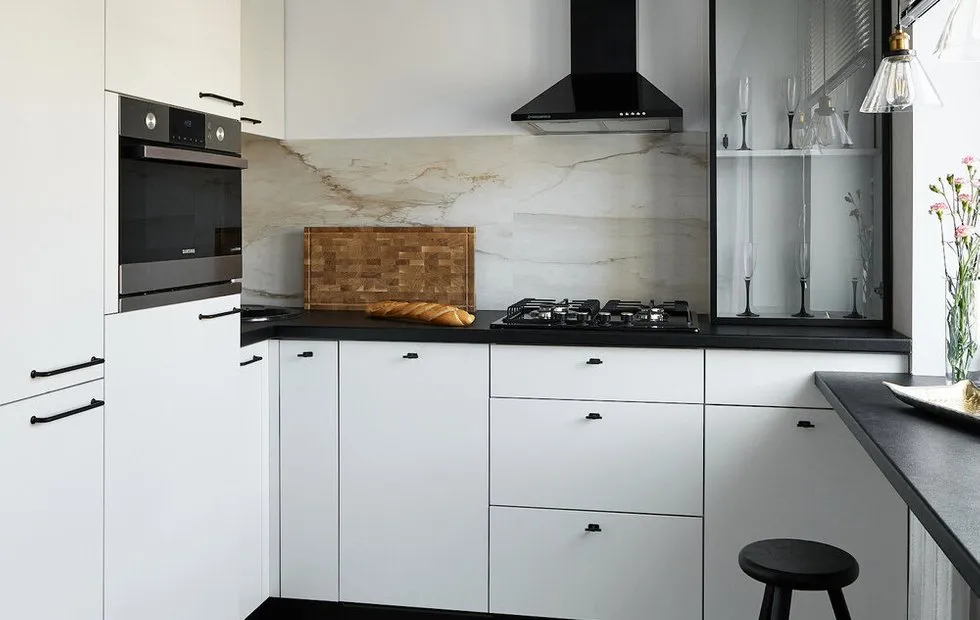 Kitchen 5 sq.m: What to Remove, Add, and Where to Find Space for Everything
Kitchen 5 sq.m: What to Remove, Add, and Where to Find Space for Everything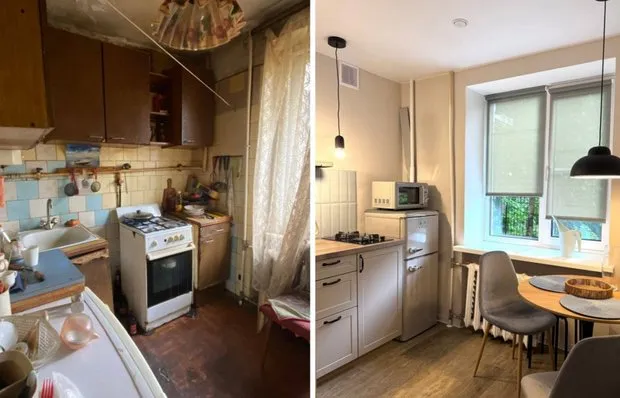 Before and After: Transformed a Fearful Khrushchyovka into a Cozy 2-Room Apartment for 1.5 Million Rubles
Before and After: Transformed a Fearful Khrushchyovka into a Cozy 2-Room Apartment for 1.5 Million Rubles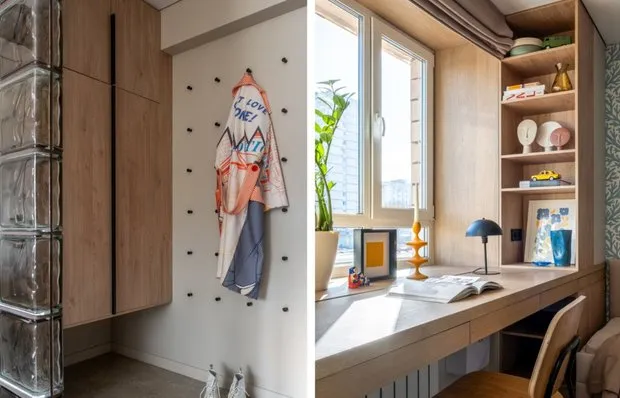 How to Store Things in a Studio Apartment: 7 Great Ideas
How to Store Things in a Studio Apartment: 7 Great Ideas How to Quickly Update Interior: 10 Trendy Finds
How to Quickly Update Interior: 10 Trendy Finds Autumn Mood in Interior Design 2025: What Will Be Trendy Starting September
Autumn Mood in Interior Design 2025: What Will Be Trendy Starting September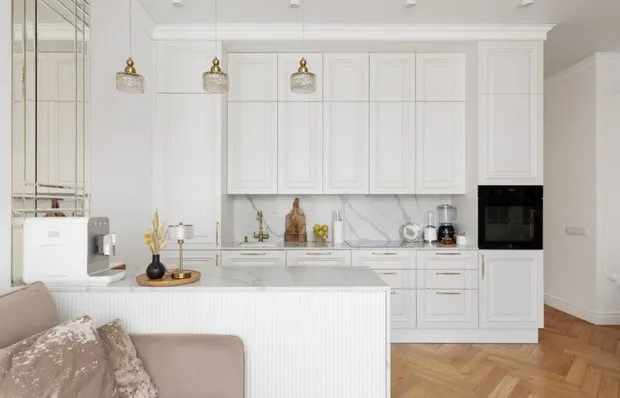 How Our Heroine Furnished a Cozy Apartment for Herself Without a Designer: Everything Thought Through to the Last Detail
How Our Heroine Furnished a Cozy Apartment for Herself Without a Designer: Everything Thought Through to the Last Detail